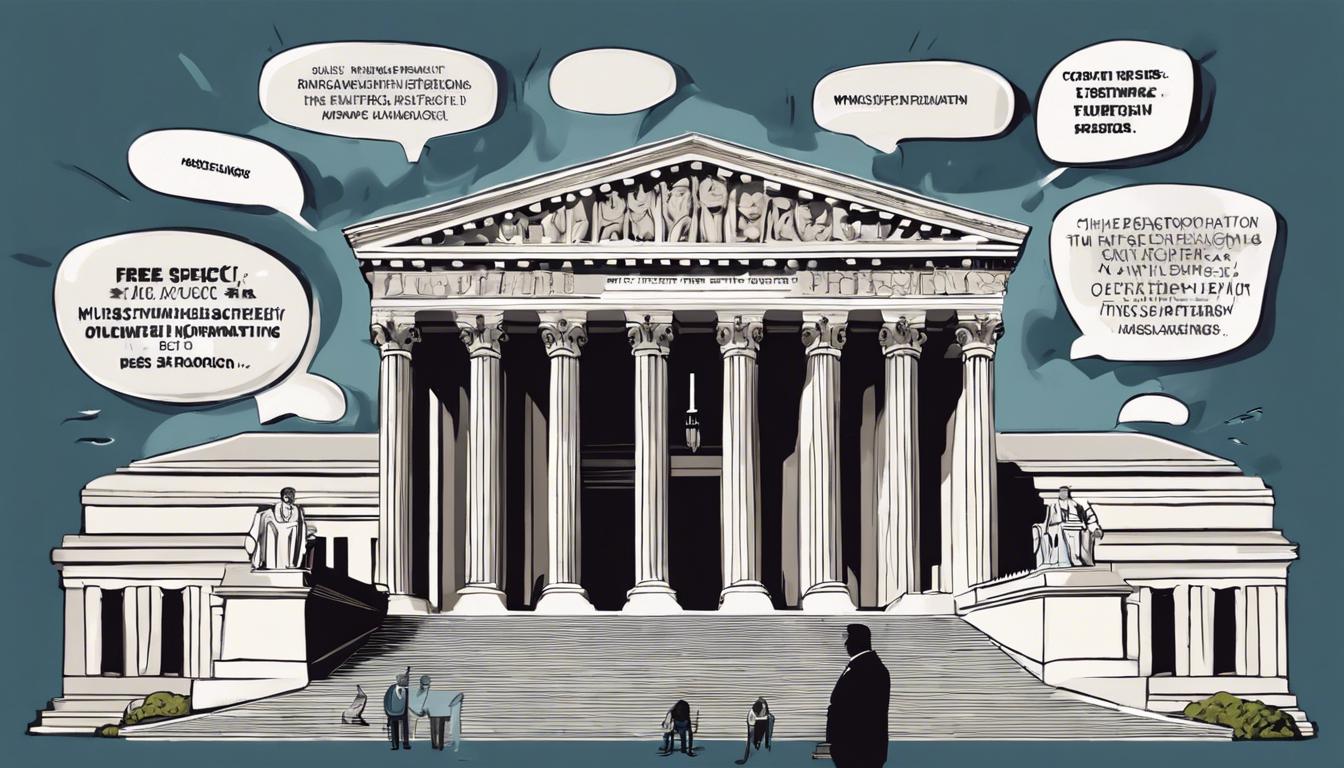The Supreme Court deliberates on Murthy v Missouri, a landmark case assessing the government’s role in addressing online misinformation, raising pivotal First Amendment concerns.
The US Supreme Court recently deliberated on Murthy v Missouri, a case that could have profound implications for the role of government in regulating online misinformation. At the heart of the case are the actions taken by the White House, requesting social media platforms to remove content related to coronavirus misinformation. Plaintiffs argue these actions constitute a breach of the First Amendment, framing such requests as censorship.
During the oral arguments, Brian Fletcher from the Justice Department argued on behalf of the government, suggesting that encouraging the removal of harmful content by private entities does not equate to censorship but rather is an example of lawful persuasion. This stance faced scrutiny particularly from conservative justices, including Samuel Alito and Clarence Thomas, who raised concerns about where the boundary between persuasion and coercion lies.
On the opposing side, Benjamin Aguiñaga, Louisiana’s Solicitor General, represented the viewpoint that the government’s actions amounted to coercion, infringing on constitutional protections. The case has garnered support from state attorneys general and conservative figures such as Jim Hoft, who align with the argument against the government.
Liberal justices, such as Elena Kagan and Sonia Sotomayor, probed the nature of government actions that would overstep constitutional bounds, with Sotomayor also pointing out factual inaccuracies in the arguments presented, underscoring the need for clarity and honesty in legal discussions.
The outcome of Murthy v Missouri stands to significantly influence the extent to which the government can engage with online platforms regarding the moderation of content, posing fundamental questions on the balance between the prevention of public harm and the preservation of free speech.













